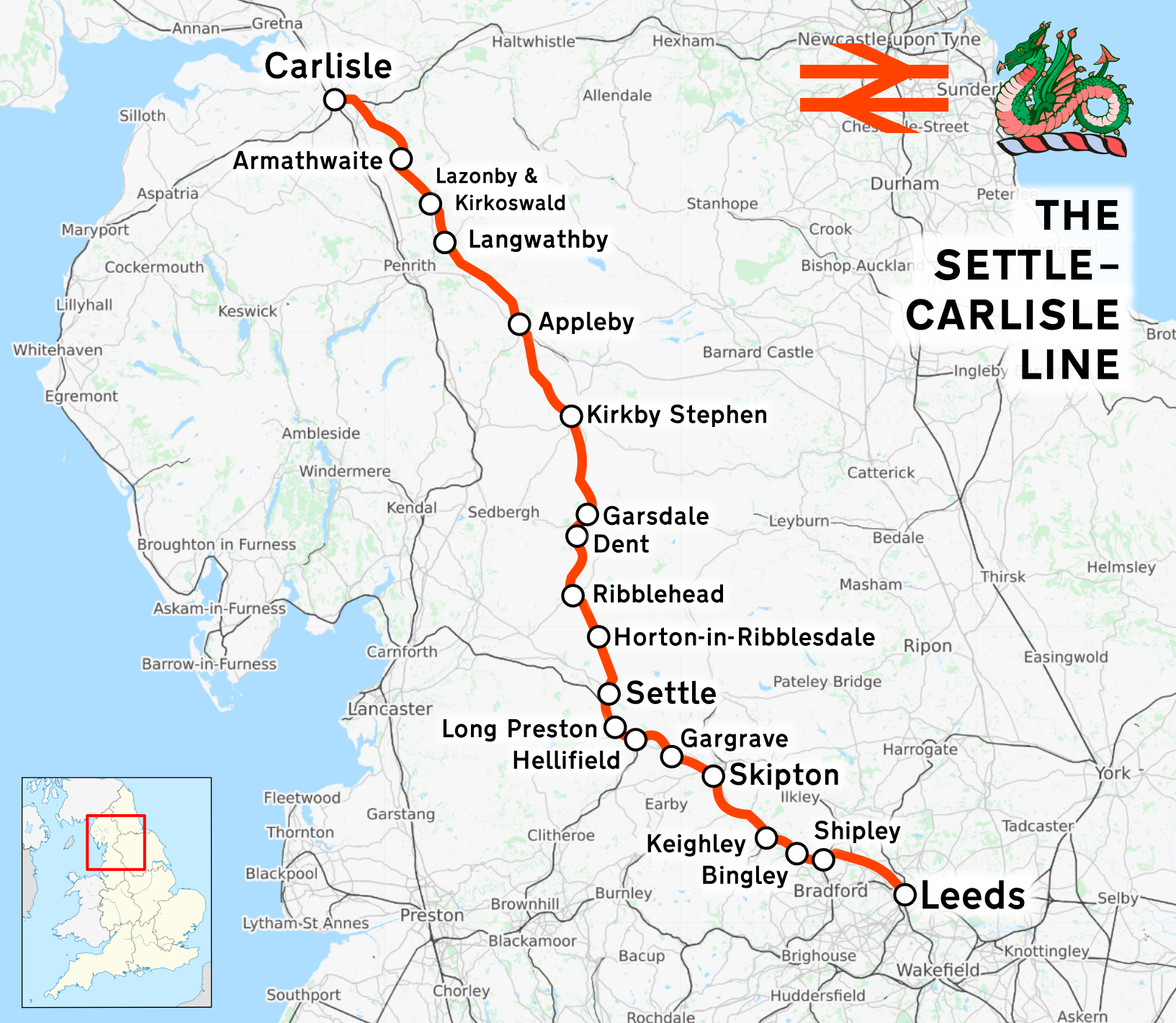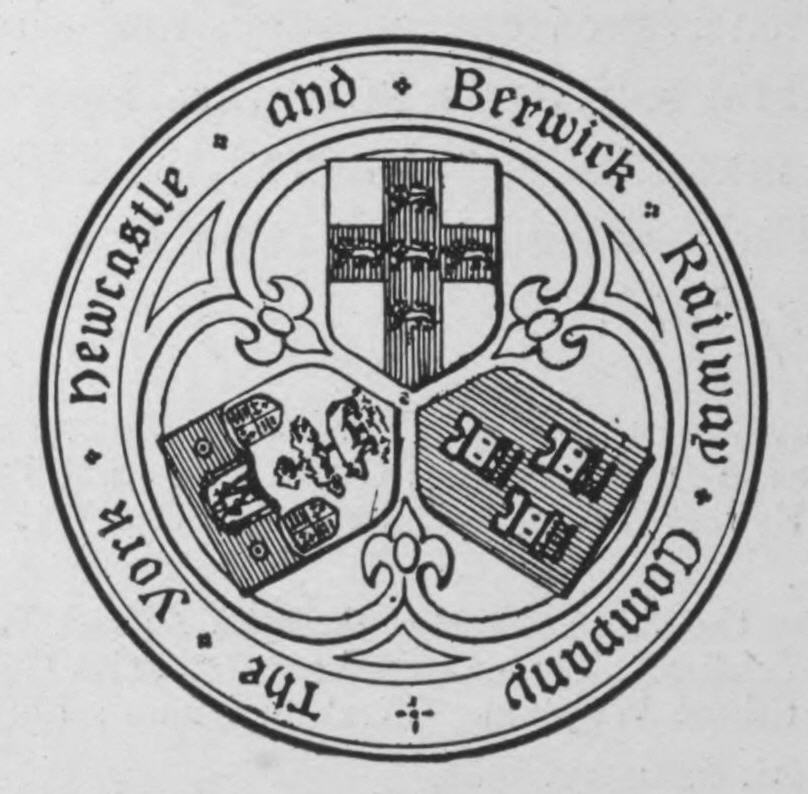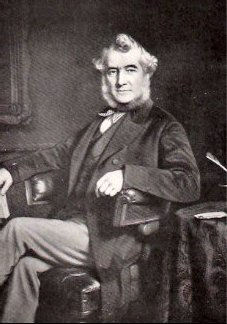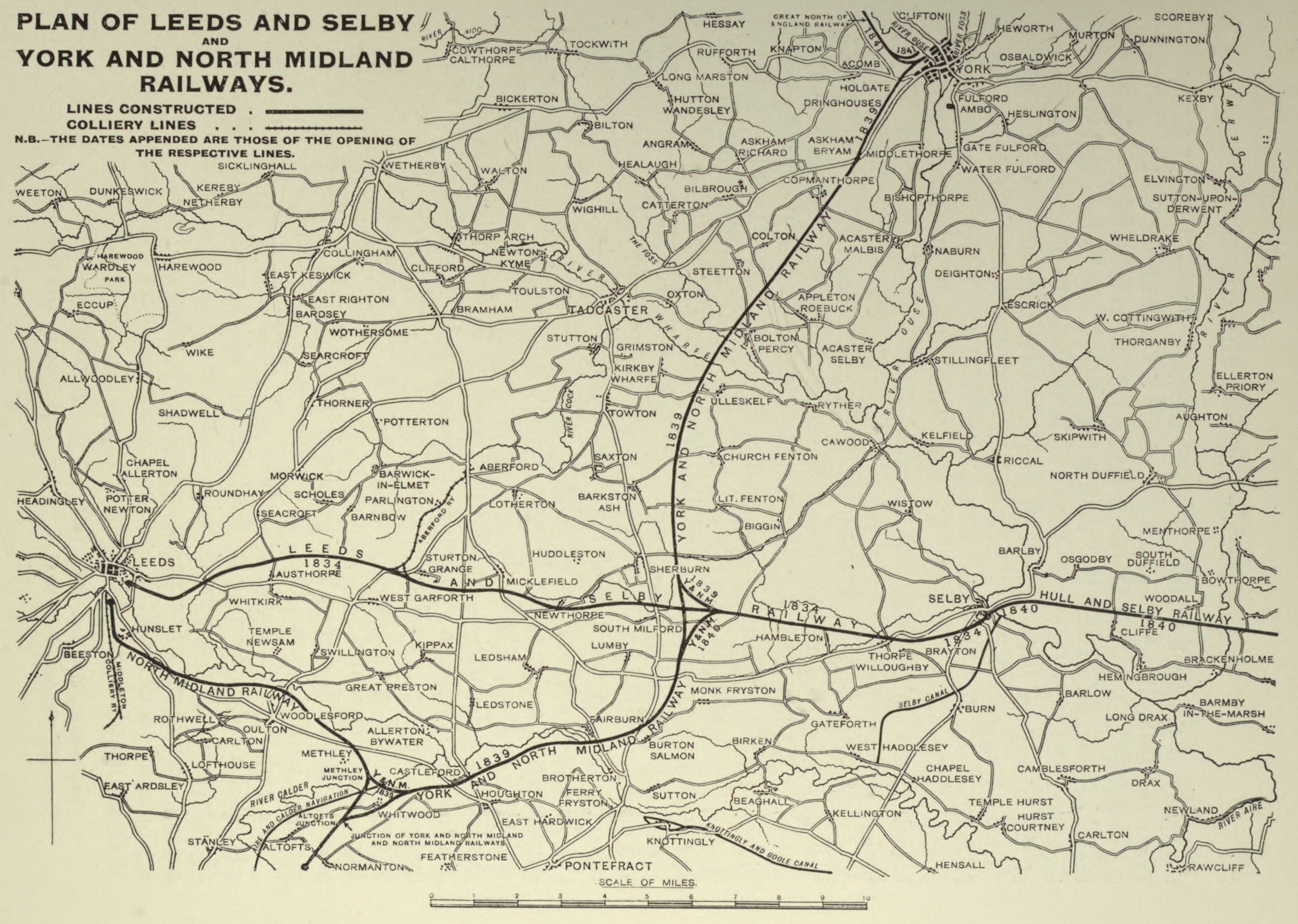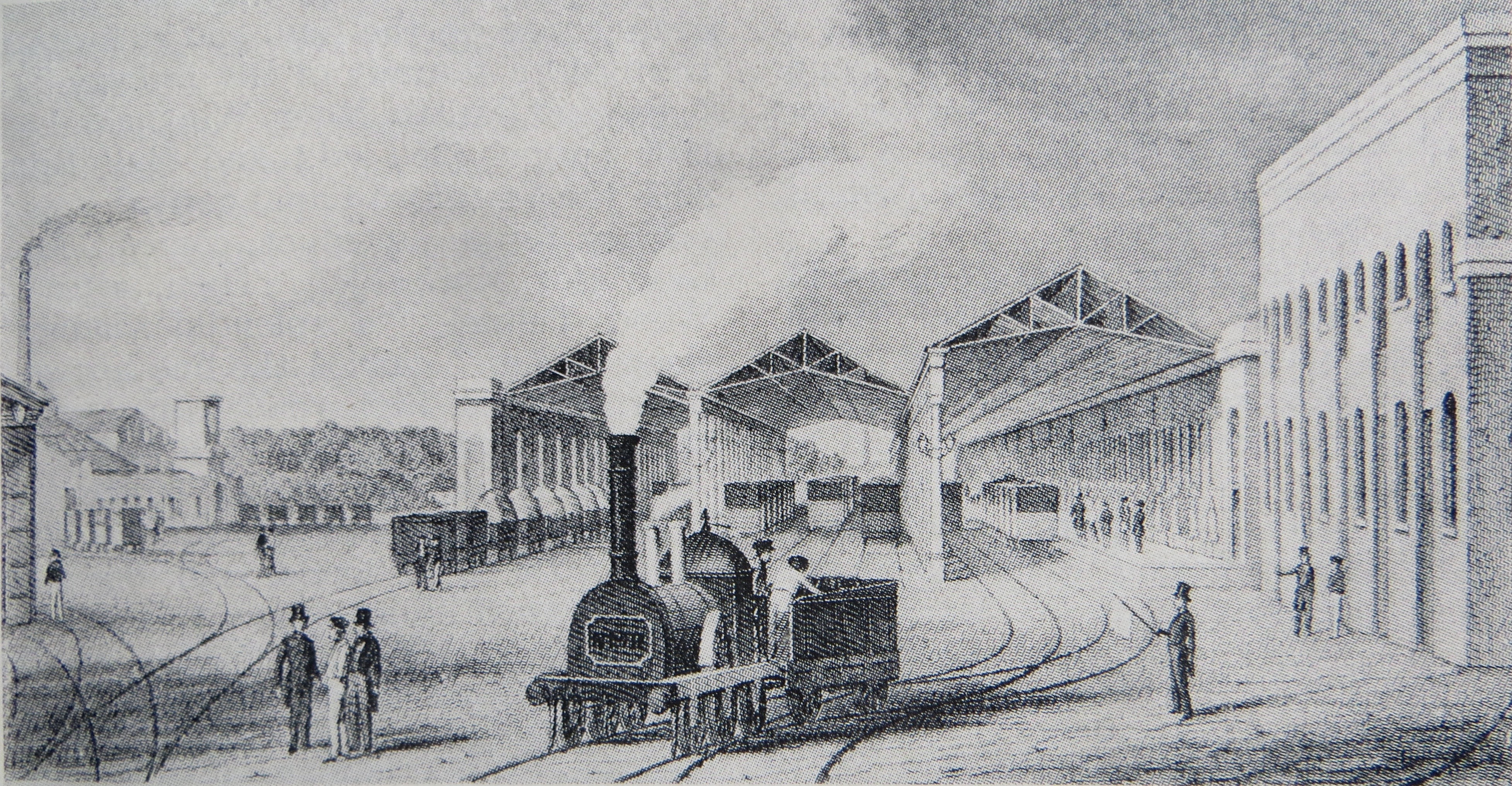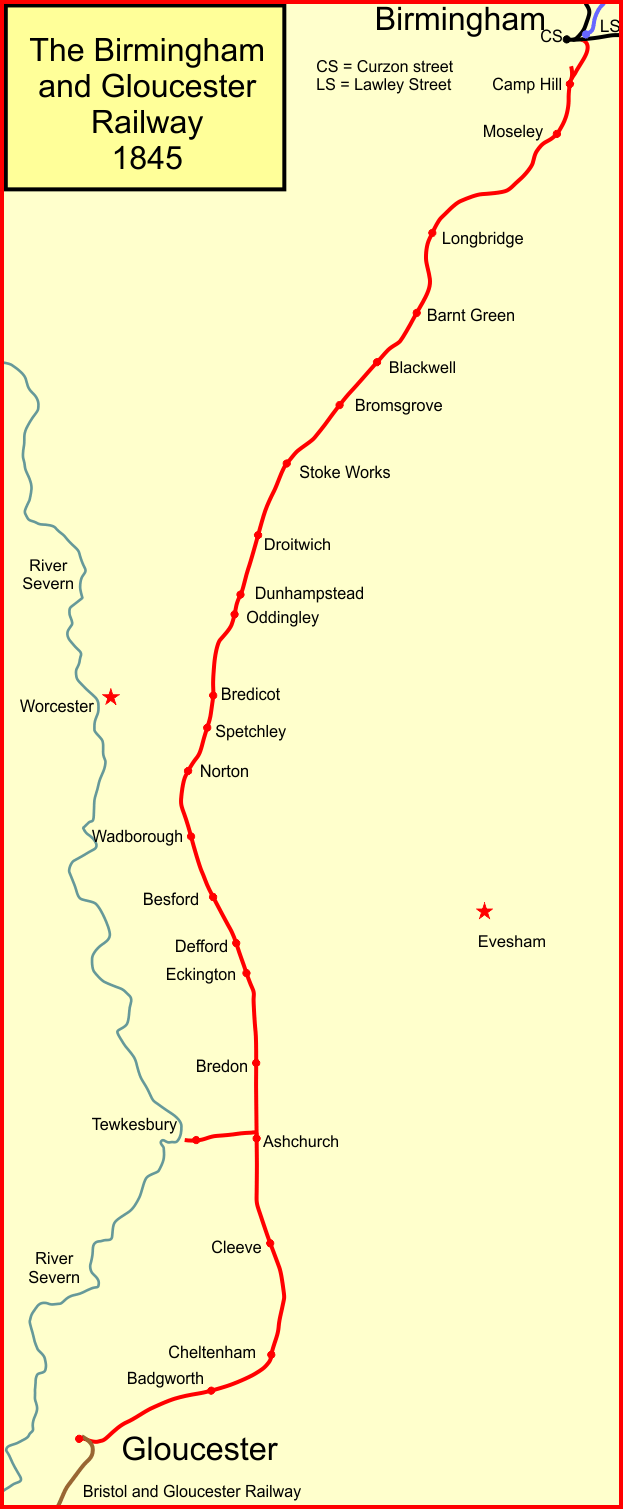|
Midland Railway
The Midland Railway (MR) was a railway company in the United Kingdom from 1844. The Midland was one of the largest railway companies in Britain in the early 20th century, and the largest employer in Derby, where it had its headquarters. It amalgamated with several other railways to create the London, Midland and Scottish Railway at grouping in 1922. The Midland had a large network of lines emanating from Derby, stretching to London St Pancras, Manchester, Carlisle, Birmingham, and the South West. It expanded as much through acquisitions as by building its own lines. It also operated ships from Heysham in Lancashire to Douglas and Belfast. A large amount of the Midland's infrastructure remains in use and visible, such as the Midland main line and the Settle–Carlisle line, and some of its railway hotels still bear the name '' Midland Hotel''. History Origins The Midland Railway originated from 1832 in Leicestershire / Nottinghamshire, with the purpose of serving the ne ... [...More Info...] [...Related Items...] OR: [Wikipedia] [Google] [Baidu] |
Midland Grand Hotel
Midland may refer to: Places Australia * Midland, Western Australia Canada * Midland, Albert County, New Brunswick * Midland, Kings County, New Brunswick * Midland, Newfoundland and Labrador * Midland, Ontario India * Midland Ward, Kohima, Nagaland Ireland * Midland Region, Ireland United States * Midland, Arkansas * Midland, California * Midoil, California, formerly Midland * Midland, Georgia * Midland, Indiana * Midland, Kentucky * Midland, Louisiana * Midland, Maryland * Midland, Michigan * Midland, Missouri * Midland, North Carolina * Midlands of South Carolina * Midland, Ohio * Midland, Oregon * Midland, Pennsylvania * Midland, South Dakota * Midland, Tennessee * Midland, Texas * Midland, Virginia * Midland, Washington * Midland City, Alabama Railways * Buenos Aires Midland Railway, a former British-owned railway company in Argentina * Colorado Midland Railway, US * Florida Midland Railroad (other), US * Midland Railroad (Massachusetts), US * Midland Rai ... [...More Info...] [...Related Items...] OR: [Wikipedia] [Google] [Baidu] |
Settle–Carlisle Line
The Settle–Carlisle line (also known as the ''Settle and Carlisle'' (S&C)) is a main railway line in northern England. The route, which crosses the remote, scenic regions of the Yorkshire Dales and the North Pennines, runs between Settle Junction, on the Leeds–Morecambe line, and , near the English-Scottish borders. The historic line was constructed in the 1870s and has several notable tunnels and viaducts such as the imposing Ribblehead. The line is managed by Network Rail. All passenger services are operated by Northern apart from temporary diverted services (due to closures of the West Coast Main Line) and are part of the National Rail network. Stations serve towns such as Settle in North Yorkshire, Appleby-in-Westmorland in Cumbria and small rural communities along its route. In the 1980s, British Rail planned to close the Settle–Carlisle line. This prompted a campaign to save the line by rail groups, enthusiasts, local authorities and residents along the route. I ... [...More Info...] [...Related Items...] OR: [Wikipedia] [Google] [Baidu] |
London And Birmingham Railway
The London and Birmingham Railway (L&BR) was a railway company in the United Kingdom, in operation from 1833 to 1846, when it became part of the London and North Western Railway (L&NWR). The railway line which the company opened in 1838, between London and Birmingham, was the first intercity line to be built into London. It is now the southern section of the West Coast Main Line. The line was engineered by Robert Stephenson. It started at Euston Station in London, went north-west to Rugby, where it turned west to Coventry and on to Birmingham. It terminated at Curzon Street Station, which it shared with the Grand Junction Railway (GJR), whose adjacent platforms gave an interchange with full connectivity (with through carriages) between Liverpool, Manchester and London. History Early plans The railway engineer John Rennie proposed a railway line from London to Birmingham in 1823, and formed a company to build it by a route through Oxford and Banbury, a route later taken ... [...More Info...] [...Related Items...] OR: [Wikipedia] [Google] [Baidu] |
York, Newcastle And Berwick Railway
The York, Newcastle and Berwick Railway (YN&BR) was an English railway company formed in 1847 by the amalgamation of the York and Newcastle Railway and the Newcastle and Berwick Railway. Both companies were part of the group of business interests controlled by George Hudson, the so-called ''Railway King''. In collaboration with the York and North Midland Railway and other lines he controlled, he planned that the YN&BR would form the major part of a continuous railway between London and Edinburgh. At this stage the London terminal was Euston Square (nowadays called Euston) and the route was through Normanton. This was the genesis of the East Coast Main Line, but much remained to be done before the present-day route was formed, and the London terminus was altered to London King's Cross railway station, King's Cross. The YN&BR completed the plans of its predecessors, including building a Newcastle Central railway station, central passenger station in Newcastle, the High Level Bridge ... [...More Info...] [...Related Items...] OR: [Wikipedia] [Google] [Baidu] |
James Joseph Allport
Sir James Joseph Allport (27 February 181125 April 1892) was an English railway manager. Life He was a son of William Allport, of Birmingham and was associated with railways from an early period of his life. In 1843, joined the Birmingham and Derby Junction Railway in 1839 as the traffic agent at Hampton in Arden, becoming Chief Clerk, then General Manager. When it merged into the Midland Railway, he moved to George Hudson's York, Newcastle and Berwick Railway until it merged into the North Eastern Railway. Six years later he assumed the charge of the Manchester, Sheffield and Lincolnshire Railway (later renamed the Great Central Railway), and finally, in 1853, was appointed to the general managership of the Midland Railway; an office which he held continuously, with the exception of a few years between 1857 and 1860, when he was managing director to Palmer's Shipbuilding Company at Jarrow, until his retirement in 1880, when he became a director. During these 27 years, the M ... [...More Info...] [...Related Items...] OR: [Wikipedia] [Google] [Baidu] |
John Ellis (businessman)
John Ellis (1789–1862), of Beaumont Leys and Belgrave Hall in Leicester, was an English Quaker, a noted Liberal reformer and an accomplished businessman. Ellis was Chairman of the Midland Railway from 1849 to 1858 and a Member of Parliament for Leicester between 1848 and 1852. Birth John Ellis was born near Leicester in 1789 to Joseph and Rebekah Ellis who were both members of the Society of Friends. Life As a Quaker he was involved with the 1840 World's Anti-Slavery Convention in London and was included in the painting of it that is now in the National Portrait Gallery in London. He was instrumental in establishment of the Leicester and Swannington Railway and in 1842 served as a director of the Midland Counties Railway and was the major instigator in its amalgamation into the Midland Railway in 1844, being deputy-chairman from its establishment and becoming its chairman from 1849 to 1858 after the fall of George Hudson. He was also a director of the London & Birmingham, ... [...More Info...] [...Related Items...] OR: [Wikipedia] [Google] [Baidu] |
George Hudson
George Hudson (probably 10 March 1800 – 14 December 1871) was an English railway financier and politician who, because he controlled a significant part of the railway network in the 1840s, became known as "The Railway King"—a title conferred on him by Sydney Smith in 1844. Hudson played a significant role in linking London to Edinburgh by rail, carrying out the first major merging of railway companies (the Midland Railway) and developing his home city of York into a major railway junction. He also represented Sunderland in the House of Commons. Hudson's success was built on dubious financial practices and he frequently paid shareholders out of capital rather than money the company had earned. Eventually in 1849, a series of enquiries, launched by the railways he was chairman of, exposed his methods, although many leading the enquiries had benefited from and approved of Hudson's methods when it suited them. Hudson fell a long way, becoming bankrupt, and after losing his S ... [...More Info...] [...Related Items...] OR: [Wikipedia] [Google] [Baidu] |
Derby Carriage And Wagon Works
Derby Litchurch Lane Works (formerly Derby Carriage and Wagon Works) is a railway rolling stock factory in Derby, England. It was opened in the 19th century by the Midland Railway. The plant has produced rolling stock under the ownership of the Midland Railway. It is now owned by Alstom. History Midland Railway (1876–1923) Railway building began at Derby Works in 1840, when the North Midland Railway, the Midland Counties Railway and the Birmingham and Derby Railway set up engine sheds as part of their Tri Junct Station. When the three merged in 1844 to form the Midland Railway its first Locomotive and Carriage Superintendent Matthew Kirtley set out to organise their activities and persuaded the directors to build their own rolling stock, rather than buying it in (see Derby Works). By the 1860s the works had expanded to such an extent that he was considering reorganising it and, in 1873, it separated into the Midland Railway Locomotive Works, known locally as "The Loco", and ... [...More Info...] [...Related Items...] OR: [Wikipedia] [Google] [Baidu] |
Derby Works
The Derby Works comprised a number of British manufacturing facilities designing and building locomotives and rolling stock in Derby, England. The first of these was a group of three maintenance sheds opened around 1840 behind Derby station. This developed into a manufacturing facility called the Midland Railway Locomotive Works, known locally as "the loco" and in 1873 manufacturing was split into locomotive and rolling stock manufacture, with rolling stock work transferred to a new facility, Derby Carriage & Wagon Works. From its earliest days, it had carried out research and development in a number of areas, and in 1933 the London, Midland and Scottish Railway opened the LMS Scientific Research Laboratory. Around 1964, this became part of a new British Rail Research Division, based in the purpose-built Railway Technical Centre, which also housed the Department of Mechanical & Electrical Engineering (DM&EE) and later the headquarters of British Rail Engineering Limited. Ea ... [...More Info...] [...Related Items...] OR: [Wikipedia] [Google] [Baidu] |
Derby Midland Railway Station
Derby railway station (, also known as Derby Midland) is a main line railway station serving the city of Derby in Derbyshire, England. Owned by Network Rail and managed by East Midlands Railway, the station is also used by CrossCountry services and two daily Northern services. It lies north of London St Pancras. It is situated to the south-east of Derby city centre, and is close to the west bank of the River Derwent. Overview The decision by the Midland Railway to have its headquarters in Derby made the town a busy node of the rail network. First opened in 1839, it was at the time one of the largest stations in the country, and was unusual for being shared by more than one company. Until its closure in 1990, Derby Railway Works, consisting of major carriage and locomotive workshops, as well as the Research Division in the Railway Technical Centre were housed there. The station is an interchange point between the Midland Main Line from to and long-distance services on the ... [...More Info...] [...Related Items...] OR: [Wikipedia] [Google] [Baidu] |
Birmingham And Gloucester Railway
The Birmingham and Gloucester Railway (B&GR) was the first name of the railway linking the cities in its name and of the company which pioneered and developed it; the line opened in stages in 1840, using a terminus at Camp Hill in Birmingham. It linked with the Bristol and Gloucester Railway in Gloucester, but at first that company's line was broad gauge, and Gloucester was a point of the necessary but inconvenient transhipment of goods and passengers onto gauge that became the national standard. Nearly all of the original main line remains active as a "trunk" route, also known as an arterial route or line. Its main line incorporated the Lickey Incline of track climbing a 1-in-37 (2.7%) gradient, northbound (and descending in the other). The climb was a challenge or impediment for many of the heaviest loads and weaker engines during the era of steam traction. Having attracted its own patronage, capital and accomplished fully functional transformation and employment of land, ... [...More Info...] [...Related Items...] OR: [Wikipedia] [Google] [Baidu] |
Nottinghamshire
Nottinghamshire (; abbreviated Notts.) is a landlocked county in the East Midlands region of England, bordering South Yorkshire to the north-west, Lincolnshire to the east, Leicestershire to the south, and Derbyshire to the west. The traditional county town is Nottingham, though the county council is based at County Hall in West Bridgford in the borough of Rushcliffe, at a site facing Nottingham over the River Trent. The districts of Nottinghamshire are Ashfield, Bassetlaw, Broxtowe, Gedling, Mansfield, Newark and Sherwood, and Rushcliffe. The City of Nottingham was administratively part of Nottinghamshire between 1974 and 1998, but is now a unitary authority, remaining part of Nottinghamshire for ceremonial purposes. The county saw a minor change in its coverage as Finningley was moved from the county into South Yorkshire and is part of the City of Doncaster. This is also where the now-closed Doncaster Sheffield Airport is located (formerly Robin Hood Airport). ... [...More Info...] [...Related Items...] OR: [Wikipedia] [Google] [Baidu] |

